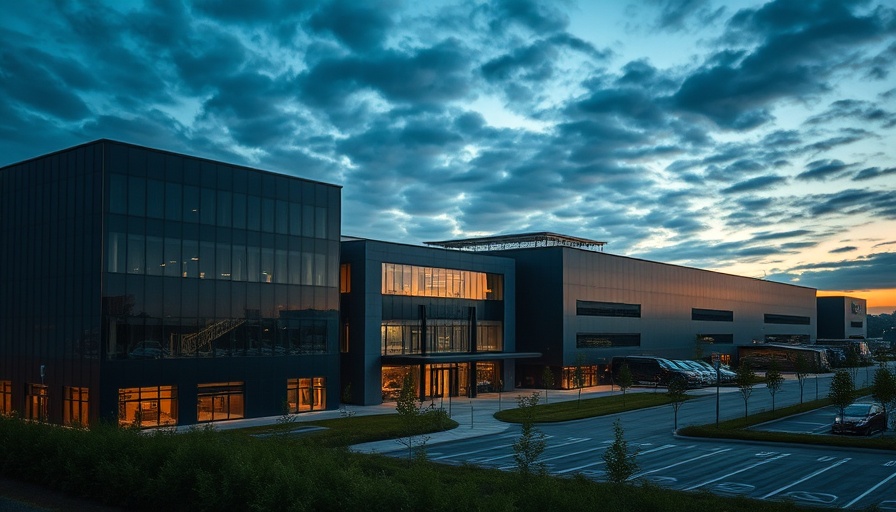
Intel Postpones Ambitious Ohio Chip Plant Project
In a significant turn of events, Intel has announced a postponement in the construction timeline for its highly anticipated chip manufacturing facilities in New Albany, Ohio. Initially set to open its first plant by 2025, the project, valued at over $28 billion, will now see the first factory operational only between 2030 and 2031, with the second factory following a year later. This shift in plans highlights the ongoing challenges in the semiconductor industry, as companies wrestle with fluctuating demand and evolving technological needs.
Rationale Behind the Delay
Intel's decision to delay has been attributed to a necessity for aligning production schedules with actual market demand, according to Naga Chandrasekaran, Intel's Chief Global Operations Officer. The company aims to approach this enormous financial commitment with caution, seeking to manage its capital responsibly while simultaneously responding to customer needs. This prudent approach is crucial, considering Intel's notable financial struggles over recent years.
The Landscape of Semiconductor Manufacturing
The semiconductor market is currently experiencing unprecedented shifts, driven largely by the rise of artificial intelligence and increasing global reliance on chips. However, despite a projected 29% increase in demand by the end of 2026, many companies, including Intel, are feeling the heat, with significant revenue share losses and market position challenges. According to recent research, only 26% of firms believe their chip supply is sufficient, emphasizing the urgency and competitiveness of the industry.
Consequences of Delays for Ohio Workers
While these delays may allow Intel to better align with market trends, they also represent a setback for local economic growth in Ohio. Plans for the new facilities included the creation of approximately 3,000 direct Intel jobs and 7,000 construction jobs. Such opportunities are critical in regions looking to rebound from economic slumps, making the prolonged timelines a point of concern for stakeholders in the area.
Industry Reactions and Future Predictions
Market analysts view Intel’s setback with a mix of empathy and caution. The company, once a leading name in semiconductor manufacturing, has seen its market competitiveness erode in recent years, with a nearly 60% drop in stock value last year attributed to an inability to keep pace with innovations in AI technology. As competitors like NVIDIA and ARM navigate the changing landscape, Intel's focus on prudent capital management rather than aggressive expansion may serve as a double-edged sword—ensuring financial sustainability, yet risking falling further behind in technological advancements.
Exploring Alternatives in the Chip Market
In light of these developments, companies such as ARM and NVIDIA are seizing opportunities to adapt and innovate. ARM, for example, has hinted at entering the chip production market directly, which could heighten competition. Coupled with NVIDIA’s advancements driven by AI demands, these shifts could significantly reshape the market while Intel works to stabilize its position and refocus its strategies.
Conclusion: Strategic Planning and Positive Outlook
As Intel navigates this period of strategic reassessment, their caution may ultimately bear fruit in aligning future production capabilities with market demands. While delays are understandably frustrating, they may lead to a more robust framework for long-term success in the semiconductor sector. It will be essential for Intel to stay attuned to technological evolutions and industry shifts as they plan the next steps in this volatile yet critical market.
 Add Row
Add Row  Add
Add 




Write A Comment